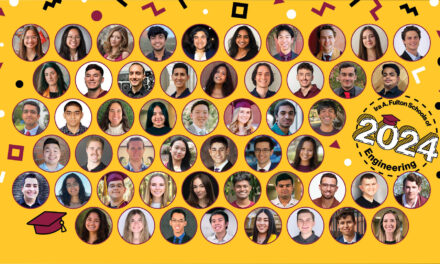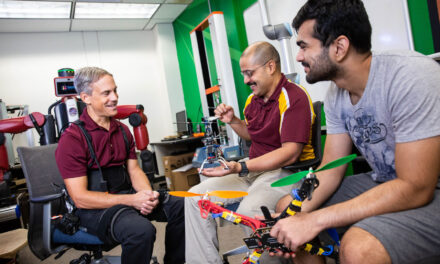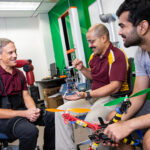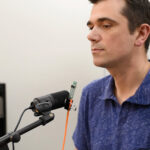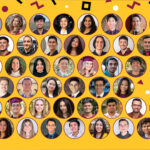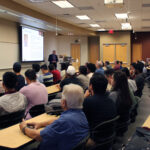
ASU begins joint appointment program with National Renewable Energy Laboratory
New collaboration increases potential for clean energy innovation
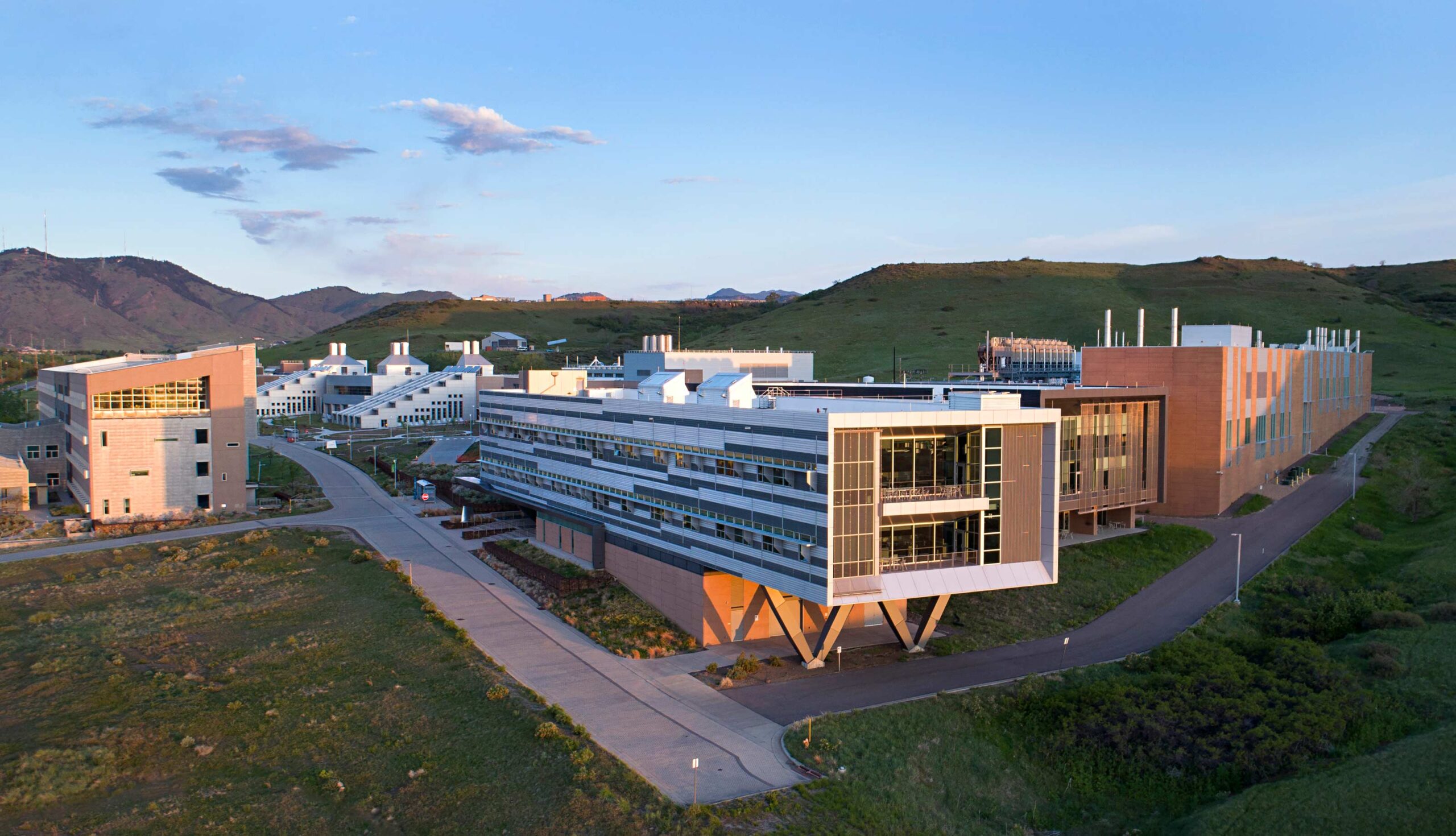
Above: Arizona State University and the National Renewable Energy Laboratory, or NREL, have launched a joint appointment program. ASU faculty and NREL staff selected as appointees will leverage their dual affiliation for projects that benefit both organizations. The new agreement may also present opportunities for ASU graduate students to experience research at renowned laboratory facilities such as those pictured here at NREL's Golden, Colorado, campus. Image courtesy of Joshua Bauer / NREL 51071
Scientists and engineers at Arizona State University are collaborating with researchers at the National Renewable Energy Laboratory, or NREL, on more than half a dozen current projects. These efforts encompass solar electricity, wind technology, hydropower, advanced manufacturing as well as grid reliability and resilience.
NREL is the nation’s preeminent U.S. Department of Energy national lab with a unique mission to lead research, innovation and strategic partnerships to deliver solutions for a clean energy economy.
“NREL serves to advance renewable energy technologies, and there is a great deal ASU does to support that mission,” says Sridhar Seetharaman, vice dean for research and innovation in the Ira A. Fulton Schools of Engineering at ASU. “But there is a lot more that their researchers and our faculty and students can accomplish together in areas such as power electronics, water systems and the social equity of decarbonizing the energy sector.”
To help realize this potential, ASU and NREL have executed a joint appointment with Seetharaman. The agreement is the first of several potential partnerships enabling talent from both organizations to work more closely and effectively. A joint appointee remains an employee of their home institution, but the expanded benefits of dual affiliation are shared by both entities.
The new agreement means Seetharaman will share his expertise with NREL researchers while gaining access to the national lab’s renowned facilities. Joint funding opportunities may also result from the strengthened engagement, opening up new research areas.
Ellen Morris, director of the university partnerships program at NREL, says, “We look forward to working with ASU to leverage our collective scientific knowledge and state-of-the-art facilities to solve complex, multidisciplinary challenges in energy efficiency, sustainable transportation, renewable power technologies and smart grid integration.”
Seetharaman joined the Fulton Schools in February 2021 after serving as associate vice president for research and technology transfer at the Colorado School of Mines, which is located very close to the NREL campus in Golden, Colorado. He will leverage his existing relationship with staff at the national lab to serve as ASU’s first joint appointee under this agreement.
In addition to performing research, Seetharaman will provide strategic guidance and technical assistance to NREL on advanced manufacturing, process characterization, validation and grid predominance. He also can advise on expanding the lab’s Advanced Research on Integrated Energy Systems, or ARIES, effort focused on decarbonizing industry. He may also help NREL identify how to grow its capabilities to best meet advanced manufacturing needs.
“However, my joint appointment extends beyond my own research interests and expertise,” Seetharaman says. “As vice dean, my broader work includes helping to promote and oversee the program, identify common opportunities and initiate new collaborations.”
Gary Dirks, senior director of the Julie Ann Wrigley Global Futures Laboratory at ASU, says the university has had a great relationship with NREL for many years. He cites the achievements of shared projects on photovoltaics, microgrids, water and more.
“They are a premier research institution and they represent the kind of strategic partner that any major university would want to have,” he says. “Sridhar [Seetharaman] is initiating something that can take our engagement to another level, and this is quite important. Multi-institutional collaborations are fundamental to success on many fronts, so the very mindset behind this new agreement is something we all need to cultivate.”
Kyle Squires, the vice provost of engineering, computing and technology at ASU and the dean of the Fulton Schools, agrees that such partnerships are vital to institutional achievement.
“Establishing joint appointments with NREL will provide new opportunities for our faculty to advance their scholarship and increase the impacts of their work,” Squires says. “Similarly, we look forward to partnering with our NREL collaborators to engage our community and increase the impacts of their work as well.”






